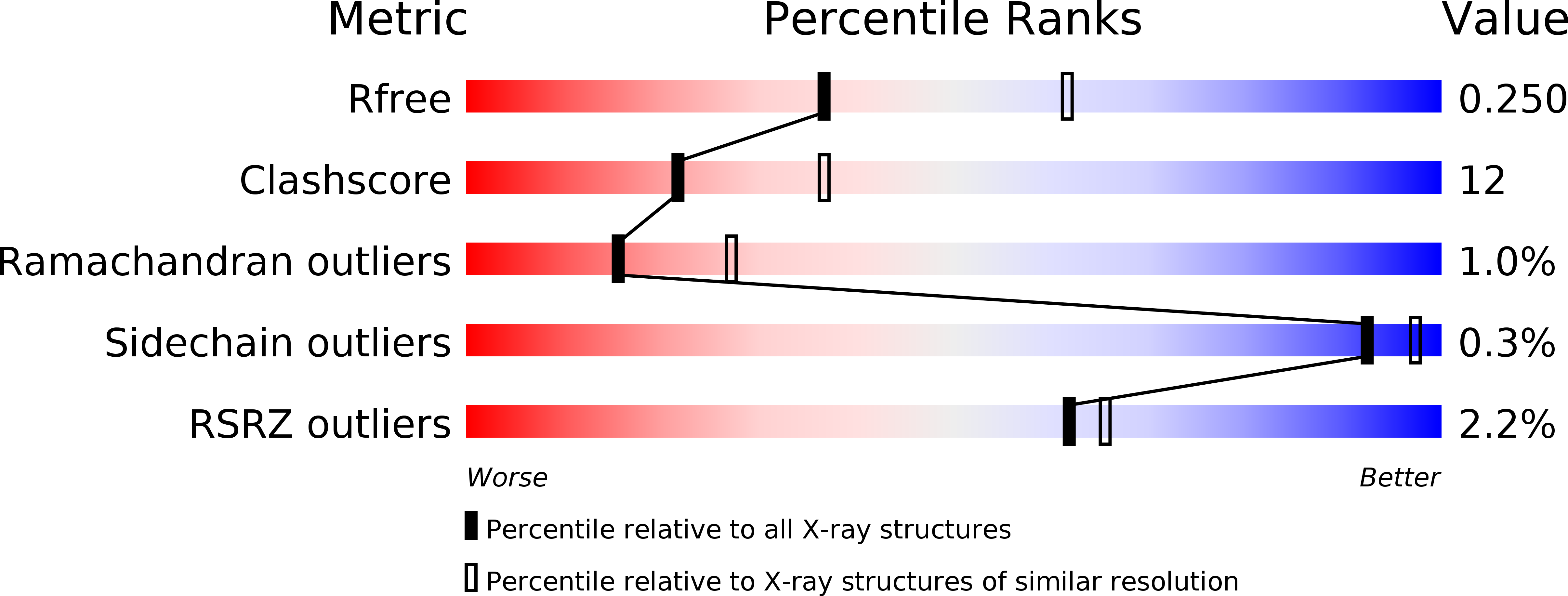
Deposition Date
2016-03-08
Release Date
2016-11-09
Last Version Date
2024-10-16
Entry Detail
PDB ID:
5IOO
Keywords:
Title:
Accommodation of massive sequence variation in Nanoarchaeota by the C-type lectin fold
Biological Source:
Source Organism:
Nanoarchaeota archaeon JGI OTU-1 (Taxon ID: 1379390)
Host Organism:
Method Details:
Experimental Method:
Resolution:
2.52 Å
R-Value Free:
0.24
R-Value Work:
0.20
R-Value Observed:
0.20
Space Group:
P 61


